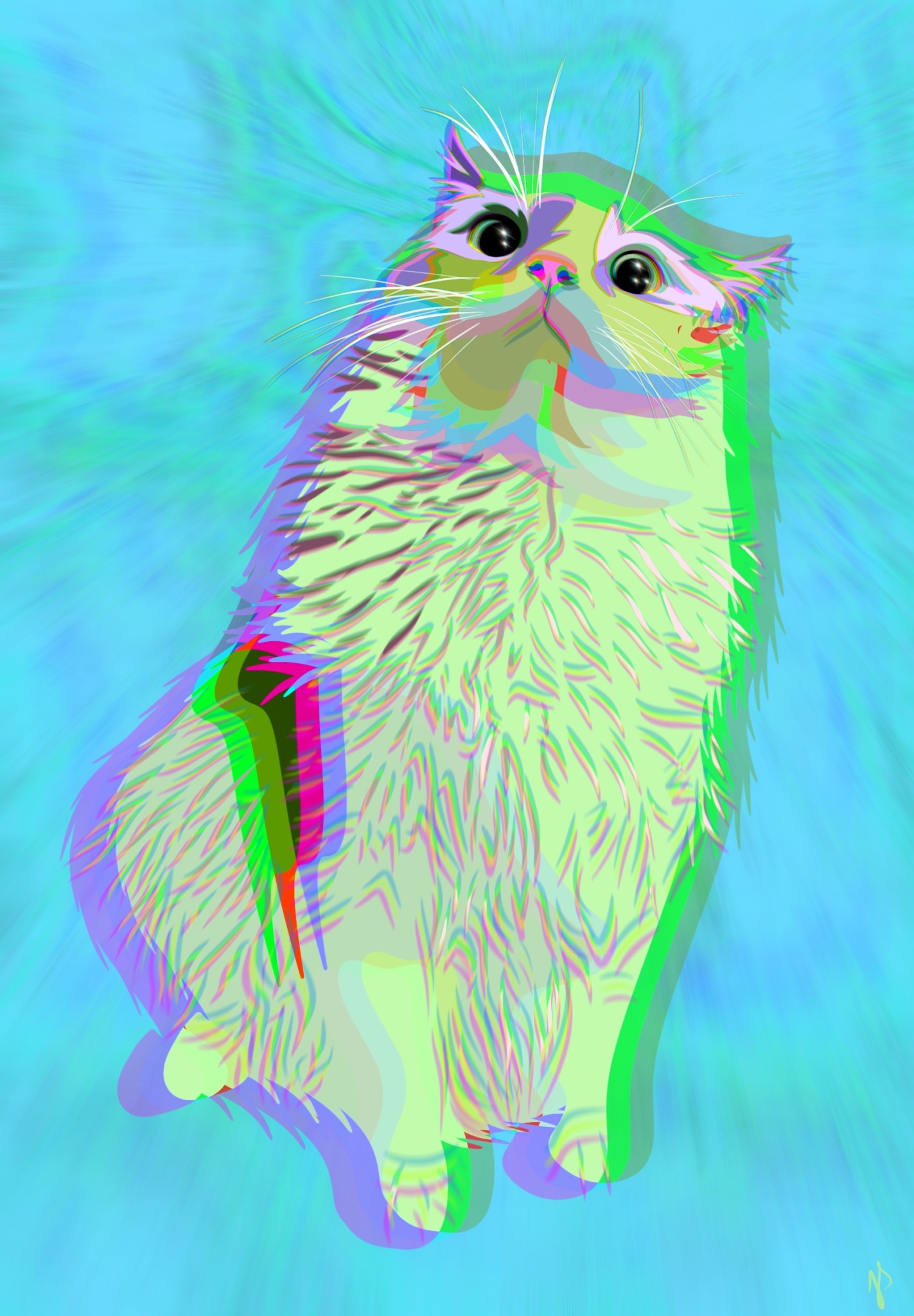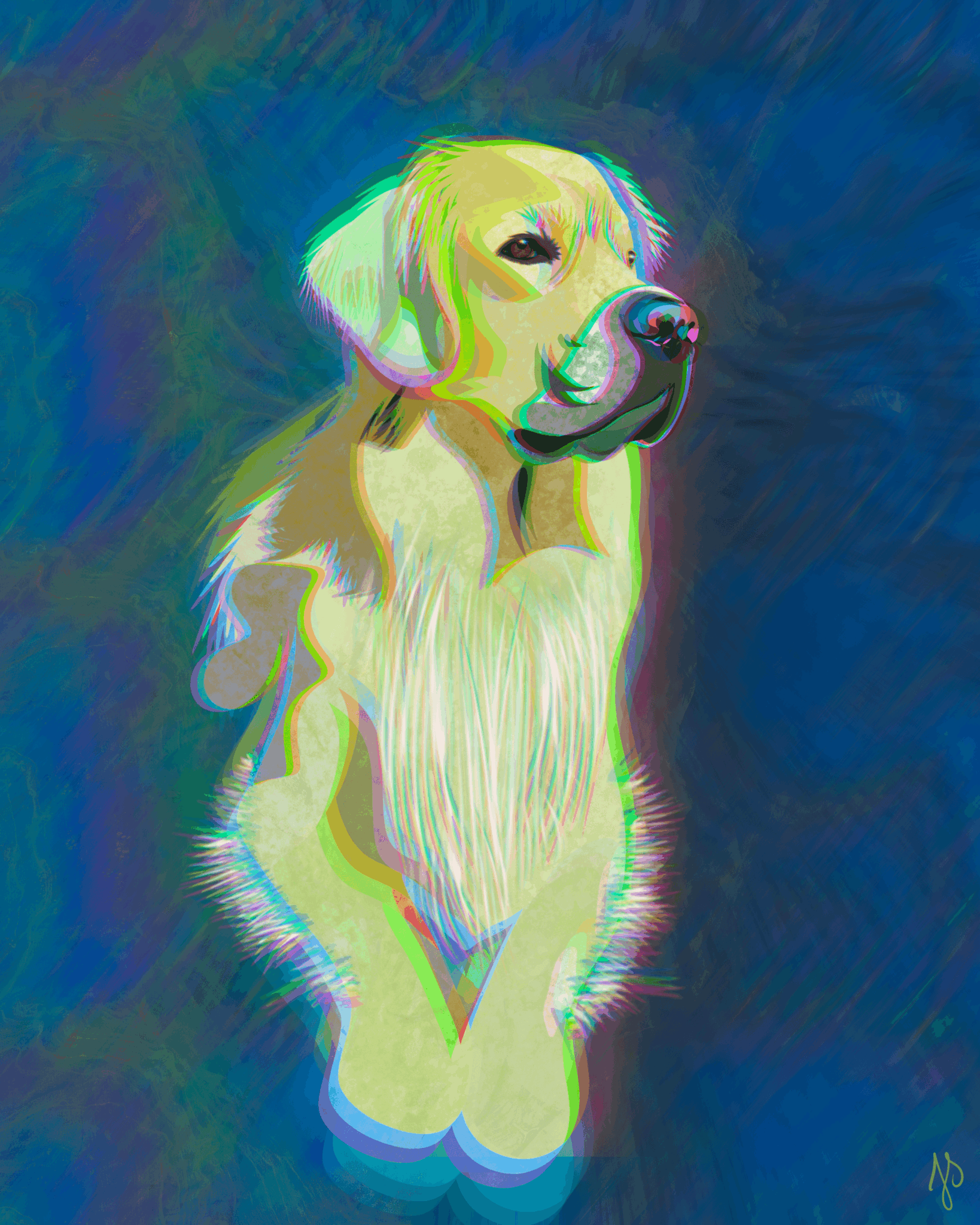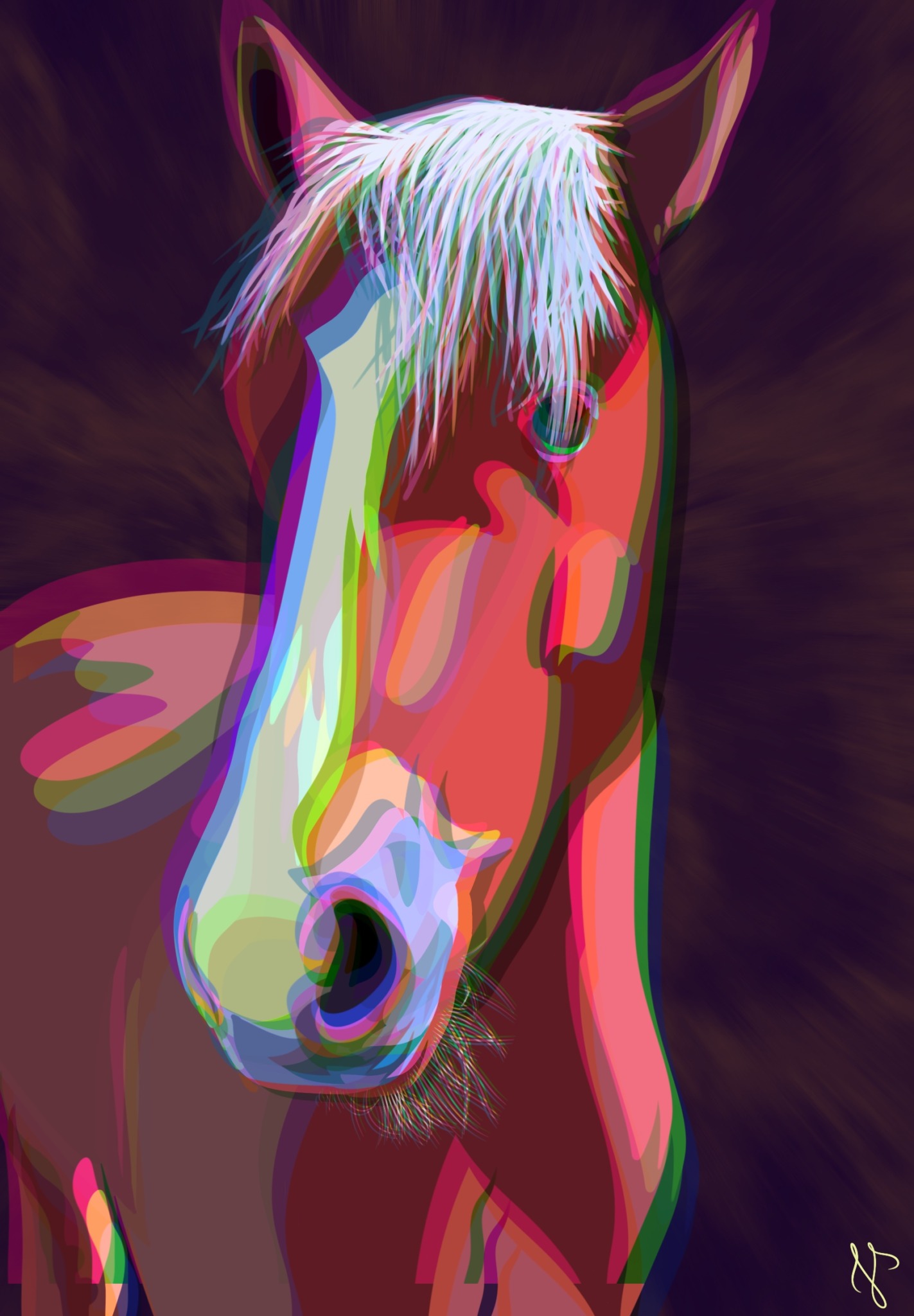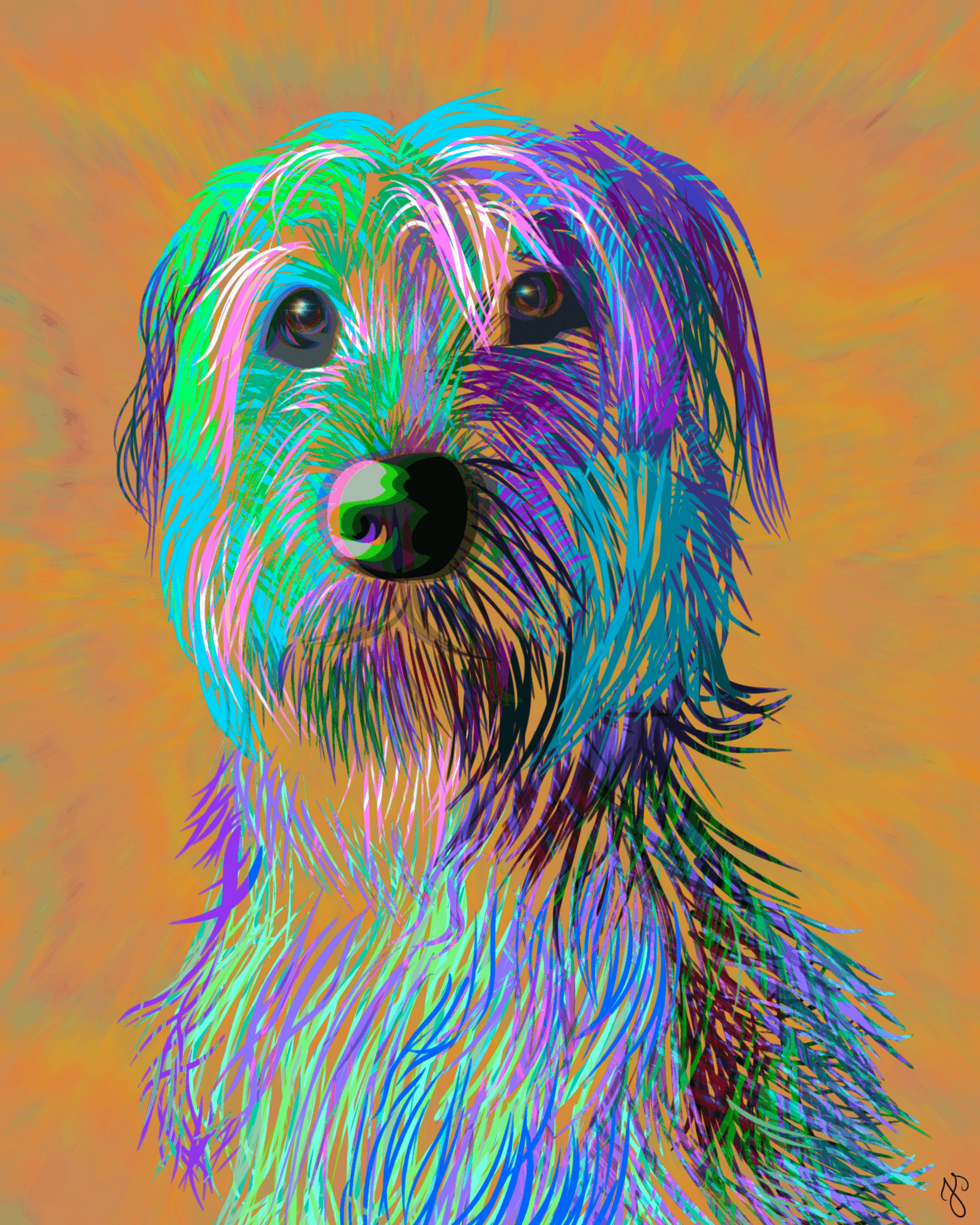We were lucky to catch up with JAe Savaiano recently and have shared our conversation below.
JAe, appreciate you joining us today. We’d love to hear about when you first realized that you wanted to pursue a creative path professionally.
I first realized I wanted to pursue a creative career when I was 18. Growing up, I was deeply involved in the arts—ballet, orchestra, and painting all played a significant role in my life. I had hoped to continue with music, but I was encouraged to major in Marketing, as it still offered creative opportunities. In 2017, I earned a Bachelor of Science in Marketing from Arizona State University and went on to work for corporations until 2022.
That summer marked a turning point in my life. I was diagnosed with Autism, and my husband and I decided to move from Arizona to Colorado. The transition brought major changes, ultimately reshaping my career path. After facing multiple job rejections and experiencing burnout, I chose to step back from work and focus on personal growth. Through therapy and self-discovery, I reconnected with my true passion—art—and began building my own personal brand.


JAe, love having you share your insights with us. Before we ask you more questions, maybe you can take a moment to introduce yourself to our readers who might have missed our earlier conversations?
After exploring various industries and feeling stuck between them, I discovered a way to merge my passion for helping local businesses with my deep love for animals. This led to the creation of *Farty Pets*, a brand with a playful yet purposeful name. The inspiration came from her original project, *Visual Art Farts*, a creative platform filled with spontaneous, quirky ideas that took shape as digital illustrations. Plus, let’s be honest, we loves a good fart joke.
My unique strength lies in my ability to assist startup businesses by acting as their right-hand resource for getting their brand online. I understand that building an online presence can feel overwhelming, especially for new business owners with limited budgets. That’s why I am passionate about sharing cost-effective strategies and helping businesses establish a strong digital foundation without a significant investment.
My greatest pride comes from the vast range of industries I have been able to support and the diverse skill set I brings to each project. From branding and web development to digital marketing and creative consulting, I create custom offers with a well-rounded approach tailored to the specific needs of each client. By combining my love for creativity, problem-solving, and entrepreneurship, I continue to make an impact by empowering small businesses and startups to thrive in the digital space.


What’s a lesson you had to unlearn and what’s the backstory?
One of the most important lessons I had to unlearn was the idea that everything I create needs to be perfect right from the start. For a long time, I felt pressure to get things right on the first try, as if a design or concept had to be flawless immediately. However, I’ve come to realize that great results come from iteration—editing, refining, and evolving an initial idea into something stronger.
In the past, I would often hesitate to move forward with a project if my first draft wasn’t exactly what I envisioned. But over time, I learned to embrace the creative process and understand that the first version is just a starting point. A logo, illustration, or design doesn’t have to be fully polished in its initial form—it’s allowed to grow and transform.
A major shift in my workflow came when I started incorporating multiple steps into my creative process. Instead of jumping straight into digital design software, I began sketching my ideas by hand first. This simple yet effective change allowed me to explore concepts more freely without the constraints of technology. Sketching by hand gave me the flexibility to experiment, make mistakes, and refine ideas before committing to a digital format. Once I had a solid foundation, I would then transition into computer programs to fine-tune and bring the design to life.
This mindset shift not only improved the quality of my work but also made the creative process more enjoyable. By allowing room for growth and refinement, I became more confident in my abilities and more open to experimentation. Creativity isn’t about perfection—it’s about exploration, adaptation, and the willingness to evolve an idea into something even better than you originally imagined.


What can society do to ensure an environment that’s helpful to artists and creatives?
Society can support artists in many meaningful ways, but one of the most impactful is simply showing up. Supporting artists doesn’t always require a financial investment—sometimes, it’s as simple as engaging with their work and helping to spread awareness. This can mean following creatives on social media, liking and sharing their content, and recommending their work to friends and family. Word-of-mouth is incredibly powerful, and for independent artists, a single share or referral can lead to new opportunities and long-term success.
Another great way to support artists is by attending local events, such as art shows, farmers markets, and craft fairs. These spaces not only provide artists with a platform to showcase their work but also help foster a stronger sense of community. When people make the effort to engage with the arts in their local area, it creates a more vibrant, creative culture where artists feel valued and encouraged to continue their work.
One of the most direct ways to support artists is by choosing to buy from them rather than opting for mass-produced art. Many people assume that custom or handmade pieces are unaffordable, but that’s often not the case. In fact, locally made art can be priced similarly to the generic prints and décor found in department stores. The difference is that when you invest in an independent artist’s work, you’re not just buying a product—you’re supporting someone’s passion, time, and unique creative vision. Each piece tells a story and carries a level of craftsmanship that mass-produced items simply can’t replicate.
Beyond the financial and social benefits, I believe that when society engages more with the arts, it fosters greater compassion and empathy. Art has the power to challenge perspectives, evoke emotions, and connect people across different backgrounds. When individuals take the time to appreciate and support creative expression, they also develop a deeper understanding of the world around them. By nurturing the arts, we create a more thoughtful, inclusive, and inspired society—one that values creativity as an essential part of human connection.
Contact Info:
- Website: https://fartypets.com
- Instagram: pbjaejamz
- Linkedin: http://linkedin.com/in/justiennesavaiano/
- Other: Bluesky: @pbjaejamz


Image Credits
Jae Savaiano


